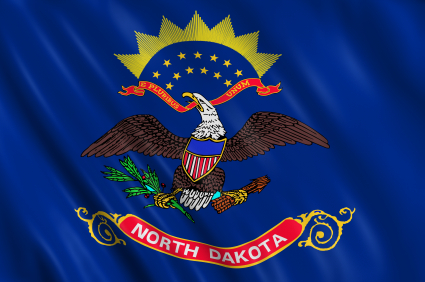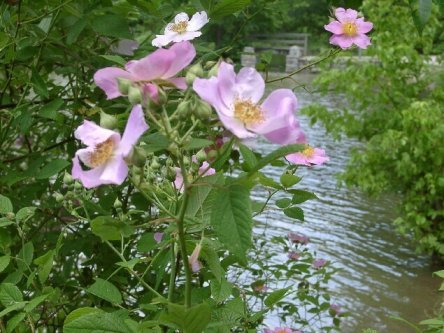destination
North Dakota

With its vast landscapes, friendly people, and diverse cultures, North Dakota has a wealth of vacation options to offer any visitor. Whether its sporting, hiking, or exploring the state’s variety of cultures and arts: North Dakota has a bit of everything.
For the sporting traveler, North Dakota has more golf courses per capita than any other state in the nation! Designed by some of the world’s legendary designers, the state’s many greens encompass both challenging and relaxing courses, all set in the incredible and scenic setting of North Dakota.
And its those sorts of landscapes that make outdoor recreation so legendary in North Dakota. The 96-mile Maah Daah Hey Trail, winding through the North Dakota Badlands, is a destination track for mountain biking, hiking, and horseback riding. Lake Sakakawea on the Missouri River and Devils Lake cover more than 390,000 acres and are renowned for fantastic fishing. Birding and wildlife viewing, too, is synonymous with North Dakota. The state boasts more wildlife refuges than any other, 13 state parks, and three national park sites with family friendly opportunities to enjoy nature. At Theodore Roosevelt National Park, Sullys Hill National Game Preserve, and the National Buffalo Museum, visitors can throw themselves into the past while viewing wild buffalo, roaming the prairie.
Of course, long before the buffalo owned the plains, even greater creatures roamed the land. Millions of years before North Dakota was a state, prehistoric creatures were living out their legendary adventure. Visitors can literally get their hands dirty while excavating prehistoric sites through an education vacation and fossil dig or, for those who would prefer to see rather than find this Jurassic history, there is the North Dakota Heritage Center, a state museum with amazing fossils, including one of the rarest: a mummified dinosaur named Dakota.
North Dakota is a wealth of history and culture that visitors can explore at state museums, including the North Dakota Heritage Center in Bismarck and the Pembina State Museum in Pembina. Experience the lives of and view artifacts from the Ojibwa, Dakota, Assiniboine, and Cree peoples or explore the Ronald Reagan Minuteman Missile State Historic Site, near Cooperstown, which tells the story of the Cold War and its impact on North Dakota. Visitors to the site will be given a guided tour of topside facilities and the opportunity to journey underground, to the launch facility, which has been preserved for viewing.
Long before the era of modern war, cowboys, settlers, and others fought their own battles against the rugged terrain of the wild west. North Dakota’s legacy was forged by Native Americans, members of the U.S. military, railroad workers, and European immigrants who became the farmers, ranchers, and cowboys of Dakota Territory. Visitors can explore their experiences in countless museums and preservation sites, such as the Prairie Village Museum in Rugby or the Railroad Museum of Minot.
North Dakota's Native American tribes have distinct and different origins, histories and languages. Visitors interested in experiencing the past and modern legacy of these cultures will enjoy the Knife River Indian Villages Historic Site – home to Sakakawea when she first met Lewis & Clark’s Corps of Discovery – and the On-A-Slant Indian Village, once home to thousands of Mandan Indians and now a historic site at Fort Abraham Lincoln State Park.
If North Dakotans celebrate anything, its agriculture and food. The best way to experience North Dakota's farms, ranches, and gardens may be to attend any of the events and festivals that celebrate the state’s agricultural culture and heritage. Find farm shows that put on display the massive machinery that make up the modern farm, or old-time harvesting festivals that detail the hard-working methods of the past. Central to any of these events, though, is the food! Travelers can enjoy food-oriented celebrations that change throughout the seasons. Dive into the Juneberry Pie Festival in June, Sauerkraut Day in October, the Pumpkin Art Fest in September, or the Ryder Turkey Day in November.
In the early days of the wild west, North Dakota was a frontier state that appealed to the most adventurous Americans of the time. That spirit lives on, today, in the landscape, arts, and cultures that make up the modern state. A visit to North Dakota will have any visitor recapturing that spirit and heading out on an adventure of their own.



